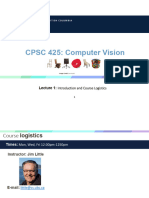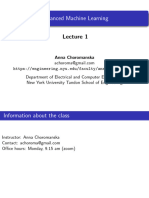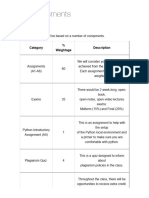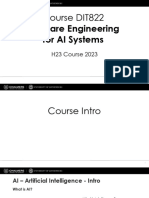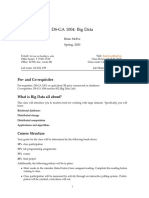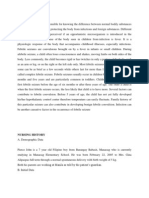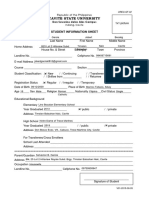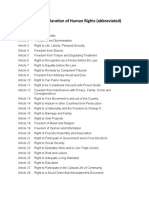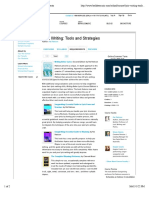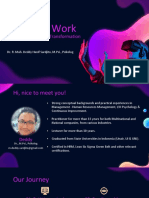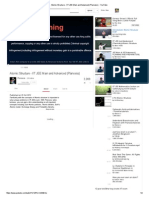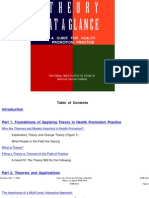The University of Texas at Austin
Computer Science Department
Computer Science 378
Spring 2025
Generative Visual Computing
General Information:
Time: Mondays and Wednesdays 9:30AM-11:00AM,
Place: GDC 1304
Instructor: Qixing Huang
TA: Jiaxin Lu
Office hour: Mondays and Wednesdays 11:00am - 12:00pm at GDC 7802.
Introduction:
This is an intro course in image and video generative models. It is intended for upper-level undergraduate
students.
Visual generative models is an active field that deals with representations and algorithms that generate visual
contents in the form of images, videos, animations, and 3D content. This is an active and fast evolving field
across industrial and scientific domains. It builds on image representations, deep learning, and algrotihms for
generative modeling. Our goal is to teach basics from scratch towards writing programs to generate visual
contents. Our goal is to cover the gap between current needs in industry and what are taught in related courses
such as computer vision, computer graphics, and machine learning. This is self-contained class but good
knowledge of algorithms, linear algebra, and probability theory are required.
After covering the fundamentals for computer vision and deep learning, we will emphasize generative models
from GAN, Auto-regressive models, VAE, Diffusion Models, and Normalizing Flows. We emphasize machine
�learning basics and applications in image/animation/video generation.
Prereqs:
Basic knowledge of probability and linear algebra; data structures, algorithms; programming experience.
Previous experience with image processing will be useful but is not assumed.
Assignments will consist largely of Pytorch or Matlab programming problems. There will be a warm-up
assignment to get familiar with basic Pytorch/Matlab commands. We will recommend useful functions to check
out per assignment. However, students are expected to practice and pick up Pytorch on their own in order to
complete the assignments. The instructor and TAs are happy to help with Pytorch issues during office hours.
If you are unsure if your background is a good match for this course, please come talk to the instructor.
Textbooks:
The main textbook we will use is the following:
Generative Deep Learning: Teaching Machines To Paint, Write, Compose, and Play (2nd Edition), David
Foster
This book covers GAN, VAE, and Diffusion Models we teach in the lectures. It is can be downloaded online.
The following books are also useful.
Computer Vision: Algorithms and Applications, by Rick Szeliski.
It is covers basics of image filtering, which we teach for the first few lectures. It also covers texture synthesis.
Generative Adversarial Networks for Image Generation, Xudong Mao and Qing Li
This book has good material on GAN.
Generative AI with Python and TensorFlow 2: Create images, text, and music with VAEs, GANs, LSTMs,
Transformer models, Joseph Babcock and Raghav Bali
This book covers coding on training genartive models using Python and TensorFlow.
Hands-On Image Generation with TensorFlow: A practical guide to generating images and videos using deep
learning, Soon Yau Cheong
Another book that covers coding in TensorFlow.
Schedule
Date Topics Reading Notes
January A0 out, due Tues Jan
Introduction
13th 22th
January Computer Vision Basics I (Filtering &
15th Smoothing)
January
Computer Vision Basics II (Feature Detection)
22th
�January A1 out, due Tues Feb
Texture Synthesis
27th 10th
January
Deep Learning Basics I (Convets)
29th
February Deep Learning Basics II (Recurrent, Attention,
3th Transformers)
February
Generative Adversarial Networks
5th
February Generative Adversarial Networks II (Recent A2 out, due Tues Feb
10th advances) 24th
February Generative Adversarial Networks III
12th (Conditional Generation)
February
Auto-regressive Models I
17th
February
Auto-regressive Models II
19th
February
Variational auto-encoder I (theory)
24th
February A3 out, due Tues
Variational auto-encoder II (applications)
26th March 24th
March 3rd Diffusion methods I (theory)
Practice midterm
March 5th Normalizing Flows handout before
midnight on Canvas.
Diffusion methods II (Latent diffusion, stable
Mar. 10th
diffusion)
March 12th In-class mid-term
March 24th Diffusion methods III (sampling)
Diffusion methods IV (classifier- A4 out, due Wednesday
March 26th
guidance/classifer-free) April 23th
March 31th Diffusion methods V (conditional generation)
Diffusion methods VI (flow matching/rectified
April 2nd
flow)
April 7th Applications (Image editing)
April 9th Applications (training data generation)
April 14th Video generation I
April 16th Video generation II
April 21th Video generation III
April 23th 3D Generation
April 28th In Class Final Exam
Course requirements:
�Assignments: Assignments will be given approximately every two to four weeks (to accomodate midterm and
final term preparations). The programming problems will provide hands-on experience working with techniques
covered in or related to the lectures. All code and written responses must be completed individually. Most
assignments will take significant time to complete. Please start early, and use Ed and/or see us during office
hours for help if needed. Please follow instructions in each assignment carefully regarding what to submit and
how to submit it.
Extension policy: If you turn in your assignment late, expect points to be deducted. Extensions will be
considered on a case-by-case basis, but in most cases they will not be granted. The greater the advance notice of
a need for an extension, the greater the likelihood of leniency. For programming assignments, by default, 10
points (out of 100) will be deducted for lateness for each day late. We will use the submission program
timestamp to determine time of submission. One day late = from 1 minute to 24 hours past the deadline. Two
days late = from 24 hours and 1 minute to 48 hours past the deadline. We will not accept assignments more than
4 days late, or once solutions have been discussed in class, whichever is sooner.
Exams: There is an in-class midterm and an in-class final exam. Both exams will be offered at the listed time
only. Neither exam will be offered at a different time to accommodate personal travel plans, internship start
dates, interviews, etc.
Participation/attendance: Regular attendance is expected. If for whatever reason you are absent, it is your
responsibility to find out what you missed that day. Note that attendance does factor into the final grade. (See
Section II of the UTCS Code of Conduct regarding attendance expectations.)
General responsibilities: Beyond the above, your responsibilities in the class are:
Come to lecture on time.
Check the class webpage for assignment files, notes, announcements etc.
Use Ed for class-related discussion and assignment help (no spoilers, please!).
Complete the readings prior to lecture. The reading assignments listed on the schedule should be read before
the associated class lecture.
Please do not use a laptop, cell phone, tablet, etc. during class.
Please read and follow the UTCS Code of Conduct.
Important Dates
Please note the following important dates and deadlines.
A0 due Jan 22
A1 due Feb 10
A2 due Feb 14
Midterm exam Mar 12 (in class)
A3 due Mar 24
A4 due April 23
Final exam April 28
Assignments are due about every two or four weeks. The assignment deadlines above are tentative and are
provided to help your planning. They are subject to minor shifts if the lecture plan needs to be adjusted slightly
according to our pace in class.







